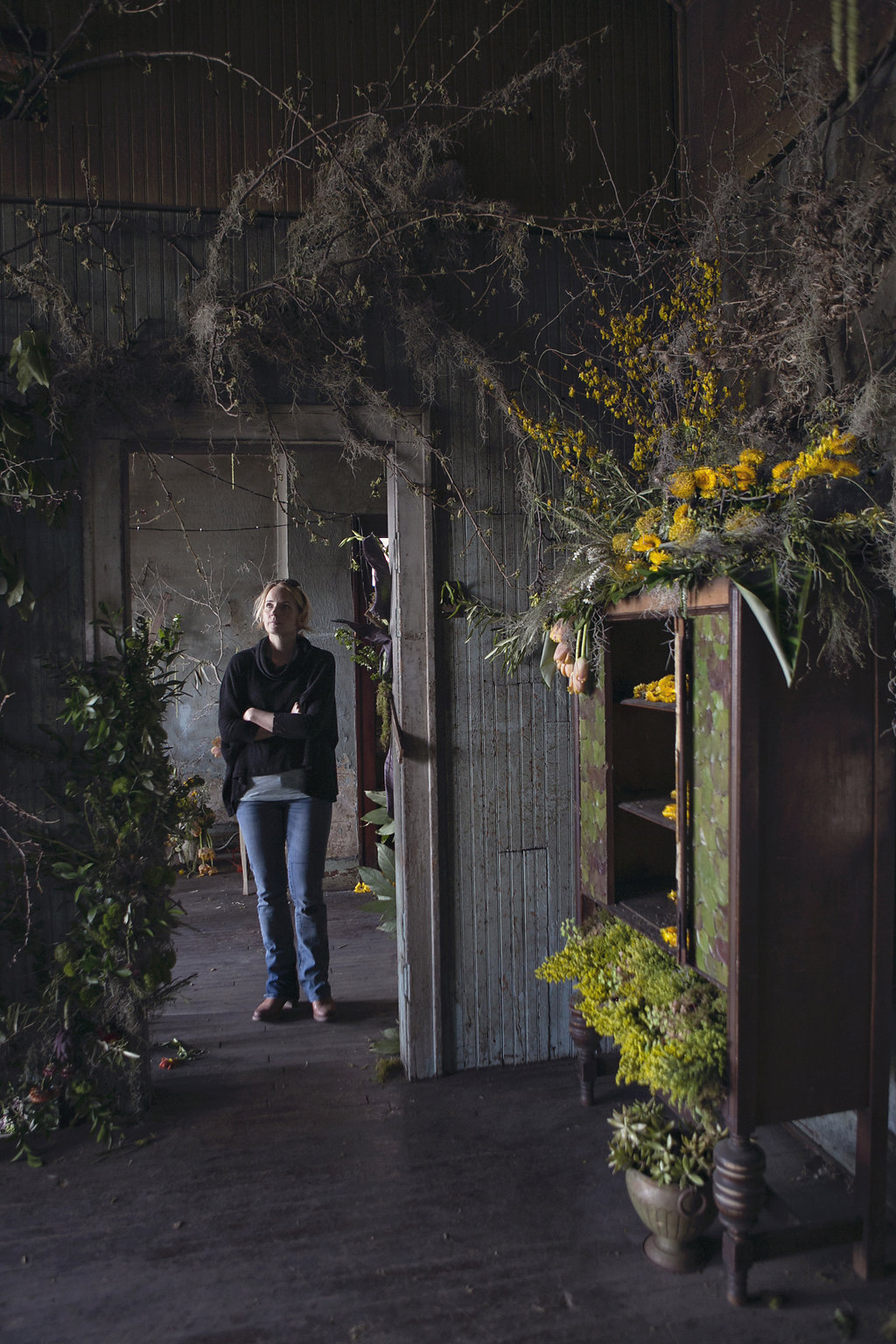The beauty of an abandoned house – the art behind the crisis
Detroit became, for the whole America, the symbolic image of an economic crisis which struck relentlessly at the heart of the world’s strongest economy as of 2008. In a short time, whole neighborhoods were abandoned, transformed into some giant ghosts, after many owners could not afford to pay the mortgage anymore. The city hall itself applied for bankruptcy. In this general gloomy landscape, an original initiative came as a ray of sun: an art project which consisted in decorating an abandoned house with natural installations. The pictures, published by Huffington Post, are amazing.

The beauty of an abandoned house – walls come back to life
Adorning the decrepit house in Detroit is part of a large project called “Flower House”, an exhibition scheduled to take place in October. Until then, florists across America will fill deserted houses with flowers and other natural installations. In Detroit, the project is being carried out by Lisa Waud.
Last year, she bought two abandoned houses in Hamtramck, a town within Detroit’s city limits. The houses had fallen victims to a wave of foreclosures that hit America over the crisis and they sold for merely 500 USD, a figure that speaks for itself about the effects of the severe recession. One of the two houses is also the place where Lisa Waud set up her project for the October exhibition.

The beauty of an abandoned house – flowers on the dusty floor
She says the project was a unique experience and a challenge since it allowed her and her partners to experiment beyond the confines of their professional work and clients’ requests.
Waud and her partners in the project needed 48 hours and about 4,000 flowers to set up the flower installation. She says that this is only a preview of a floral installations way larger and which will involve up to 100,000 plants. For now, she and the 13 florists who joined the project decorated only a room of the abandoned house. Until October, the whole house will be embellished.

The beauty of an abandoned house – Lisa Waud
Beyond art, the project has evolved to also put a stress on sustainability and a long-term plan for the properties, just two of the thousands of vacant buildings lying within Detroit’s borders.

The beauty of an abandoned house – florists at work















